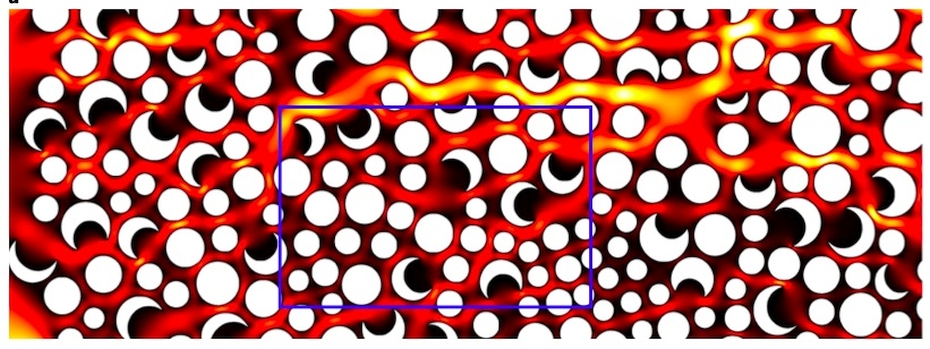How microbes are transported through soil
Microorganisms play key roles in soil and in groundwater, from driving the cycles of the elements, to symbiotically associating with plants, to remediating pollution in engineering applications.

It is thus important to understand how microorganisms are transported through these environments, to determine what concentrations of microorganisms will be present at a given site. Yet, understanding this transport process had to date been limited by the challenges of ‘looking through soil’, and the associated difficulty of understanding the specific mechanisms involved in the transport.
Now, researchers from the group of Roman Stocker (Pietro de Anna, now Professor at University Lausanne; and Yutaka Yawata, now professor at University of Tsukuba), in collaboration with the group of Ruben Juanes at MIT, have developed a new approach that sheds light on microbial transport in soil.
The researchers developed a microfluidic device to mimic the porous matrix of soil, while allowing full visualisation of the microorganisms through microscopy.
Pairing this new experimental approach with a mathematical model, the researchers discovered that the locomotion of the microorganisms plays a key role in determining their dispersion in a porous medium, through the formation of preferential micro-pockets where microorganisms are found in high concentrations. These micro-pockets may act as seeds to revive a microbial population even after the majority of the population has been flushed out of a system.
Links
external page Chemotaxis under flow disorder shapes microbial dispersion in porous media, article in nature physics